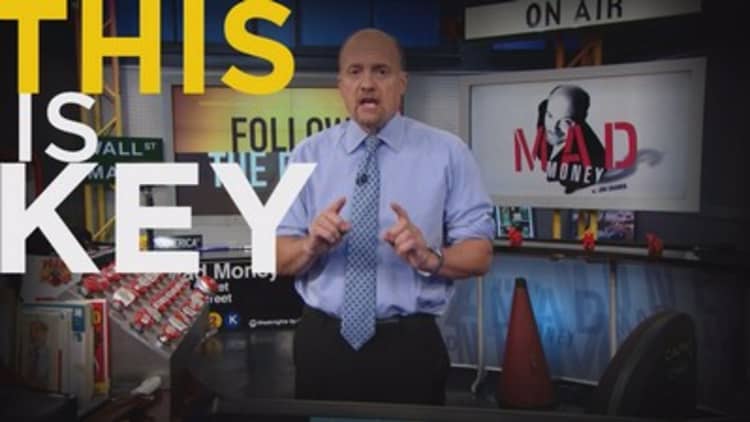
Given the stock market turmoil, it's fair to be concerned about your retirement portfolio and the possible end of the Trump rally.
Corrections are a normal part of the market. Since the end of the 2008-2009 bear market, the S&P 500 has experienced four corrections, defined as declines of 10 percent or more, according to Yardeni Research. (See chart below.)
"The market has been a series of panic attacks followed by relief rallies," said Ed Yardeni, president of Yardeni Research.
Investors seem to be troubled by the lack of progress of Trump's agenda, financial advisors say.
"We need to keep in mind that the weakness seen in the market due to the failure of Republicans to pass their health care bill may have more to do with the new doubt it casts as to whether they can pass tax reform, which is really what investors are waiting for," said Gustavo Vega, a certified financial planner and private wealth advisor at Ameriprise Financial Services in Miami.
Whatever the cause, here's how to prepare for the next correction:
Stick to your plan
The recent market turmoil shouldn't change your investment strategy if you have a good one.
"The optimal investment strategy is one that you can stick to," said Charles Rotblut, vice president of the American Association of Individual Investors and editor of the AAII Journal.
The real test of your risk tolerance is not when the markets are doing well, but when they are in the red. Rotblut recommends investors keep a journal to document their feelings about their portfolio over the market's ups and downs to see if they need to modify their plan. "Investors should have a strategy they can sleep with," he said.
Rebalance if needed
If you are worried about more volatility ahead or that your portfolio has drifted too far off its target allocations, it may be time to rebalance.
Rebalancing is the sometimes painful process of selling assets that have appreciated and buying ones that have fallen in value. It forces investors to sell high and buy low.
You don't have to rebalance after every market gyration. Vanguard found that investors who wait to rebalance until their portfolios were 10 percentage points off target produced better long-term results than shifting the investment mix more often.
Most retirement investors are comfortable letting it ride. From 2011 to 2015, 70 percent of participants in Vanguard's workplace retirement plans made no change to their allocations, not even to rebalance.

Control what you can control
Few advisors called the Trump rally before it happened, and it's too early to say when it will end.
"Rather than focus on what direction the market will take, which no one really knows, focus on what you can control," said Roger Ma, a CFP and founder of Lifelaidout in New York City.
For most investors, that means setting attainable goals, having a financial plan in place, minimizing investment costs and taxes, and monitoring personal expenses, Ma said.





